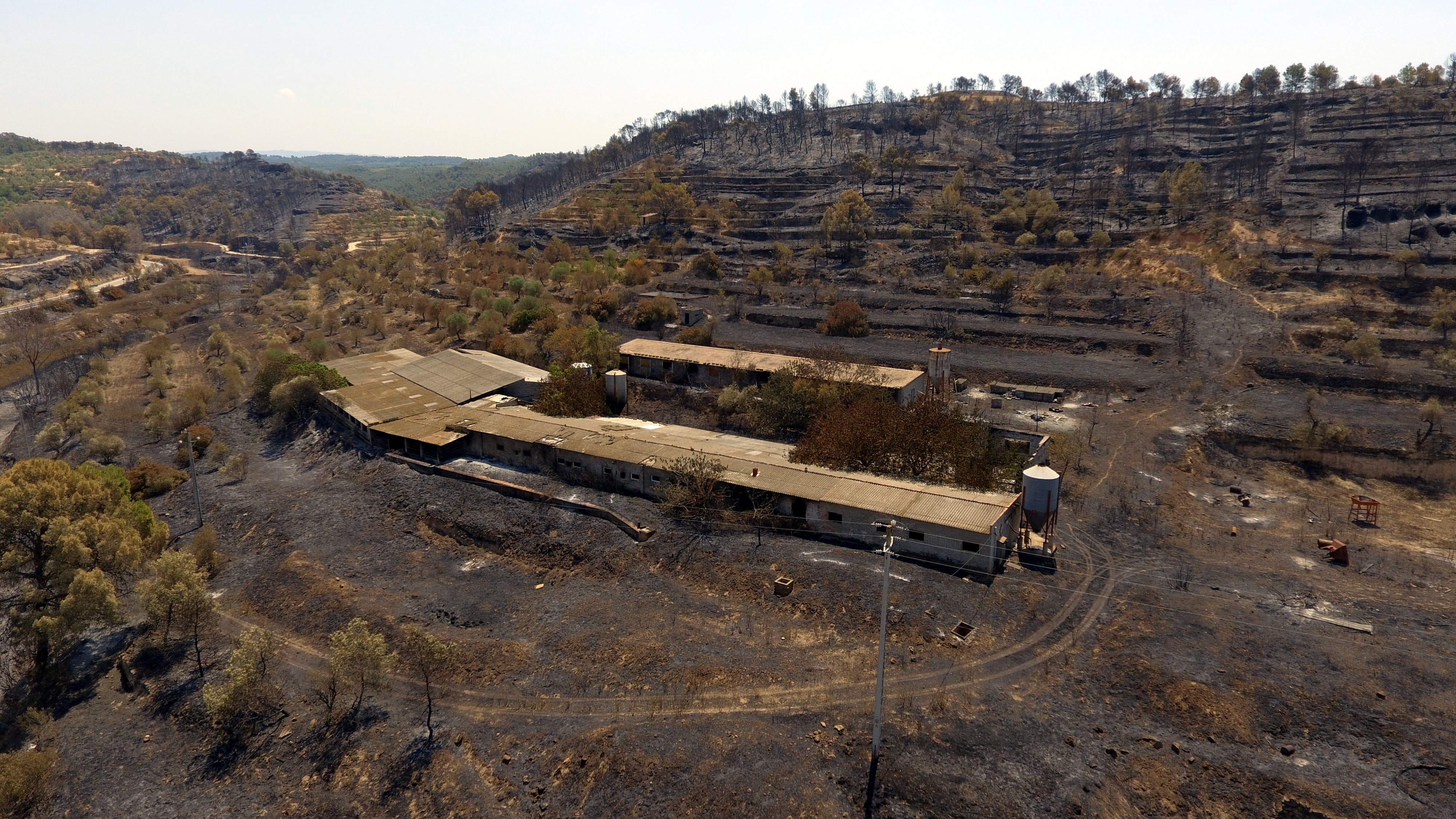Thermometers set to rise above 40ºC over the weekend
Temperatures are expected to peak on Saturday, to be followed by storms before conditions stabilize next week

Temperatures in Catalonia are due to rise again from Thursday, only a week after the country was hit by a heatwave that saw new record highs above 40ºC in many places.
Thermometers are also expected to go above 40ºC over the next few days, peaking on Saturday, with minimum temperatures in most places remaining above 20ºC.
The new spike in temperatures has put the authorities back on high alert in most areas of the country, with the counties in Central Catalonia expected to register the highest figures.
Winds are also expected to rise somewhat over the weekend, to speeds of up to 40 km/h in many places, thereby increasing the risk of wildfires.
It was the combination of extreme temperatures, high winds and low humidity that led to last week's major wildfire that burnt some 6,000 hectares in southern Catalonia.
Meanwhile, from Sunday, storms are set to begin in the north and south of the country, extending to other parts during Monday and Tuesday.
However, after that, the weather is expected to gradually stabilize, with conditions and temperatures that can be considered more normal for this time of year.
Medical visits rise due to heatwave
It has been a torrid 10 days for Catalonia as far as the heat this year is concerned. Apart from the wildfire, visits to hospitals went up at the end of June due to the heatwave.
Between June 27 and 30, the average number of visits to hospitals due to the heat went up by 3,3%, with the Sunday seeing 9.5% more patients than usual.
At the same time, visits to primary care centers also rose by an average of 4.2%, with the emergency services taking 544 calls due to the heat between June 25 and July 1.
Half of grape crops affected
The wine producing industry also felt the effects, with many vineyards in the Priorat, Montsant and Terra Alta regions suffering damage on account of the high temperatures.
Even native varieties of grapes, such as carignan (carinyena in Catalan), which are usually resistant to hot, dry conditions, have been adversely affected by heat above 40ºC.
In many cases, up to half of the crops have been lost due to the grapes drying out in the heat, which has left them black and shrivelled, as if they had been burnt in a fire.
One farmer in Tarragona's Ribera d'Ebre area told the Catalan News Agency that he has lost 40,000 kilos of grapes, about half a normal harvest and a loss of around 36,000 euros.